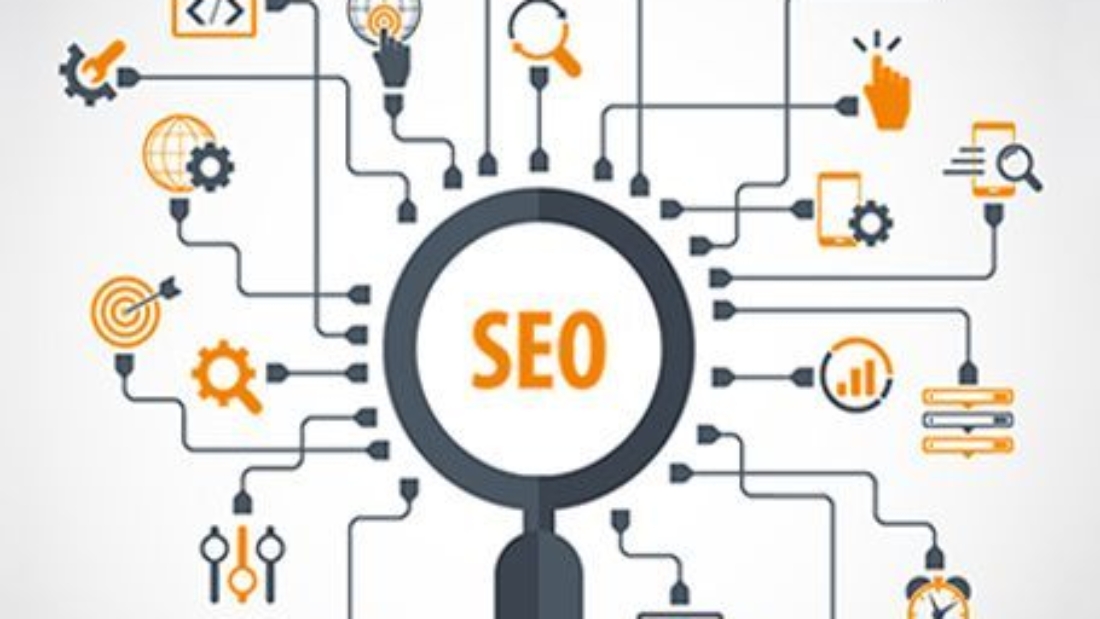In the modern digital landscape, merely maintaining an online presence is no longer enough. Businesses need a strategy that drives traffic, enhances visibility, and improves engagement. For companies in Calicut, partnering with an expert digital marketing strategist in Calicut is essential for success. One of the most effective strategies that a digital marketing strategist uses is Search Engine Optimization (SEO). In this blog, we will discuss the importance of SEO, its role in digital marketing, and why it’s crucial for businesses in Calicut to work with an SEO expert.
Understanding SEO and Its Importance for Businesses in Calicut
SEO, or Search Engine Optimization, involves optimizing your website to improve its position on search engine results pages (SERPs), like Google. It is vital for businesses as it boosts visibility, drives more organic traffic, and establishes credibility. In Calicut, where the business environment is growing rapidly, SEO can give you a competitive edge by ensuring your business appears in front of the right local audience.
The digital landscape is highly competitive, and businesses in Calicut need to implement strategic approaches to stand out. SEO is one of the most effective tools to help you reach that goal. It involves technical and creative processes that help search engines understand what your website is about, making it easier for users to find you. By focusing on relevant keywords and optimizing your website, a digital marketing strategist in Calicut can help your business succeed online.
How a Digital Marketing Strategist in Calicut Leverages SEO
An experienced digital marketing strategist uses a variety of SEO tactics to improve your website’s ranking and performance. Here are the main areas where they make a significant impact:
Keyword research and optimization
Effective SEO begins with keyword research and optimization. A strategist identifies the right keywords that are relevant to your business and popular with your target audience. By integrating these keywords naturally into your website’s content, meta descriptions, and blog posts, they ensure your site is discoverable by potential customers in Calicut and beyond.
On-page SEO
On-page SEO is the practice of optimizing the content and structure of individual pages on your website to improve their ranking on search engine results pages (SERPs). This includes making your content informative, engaging, and easy to read while ensuring it is properly optimized with targeted keywords. Optimizing headers, title tags, and internal linking are some essential practices that an expert strategist follows to make sure your content is search-engine friendly.
Local SEO
Local SEO is essential for businesses that cater to specific geographic areas, such as Calicut. It enhances your visibility in local search results, making it easier for customers in your area to find your business. A digital marketing strategist will optimize your website for local searches by setting up and optimizing your Google My Business profile, ensuring that your business shows up in local search results, maps, and business directories. Local SEO helps customers in Calicut easily find your business, particularly when searching for services specific to your location.
Content marketing
Content marketing is a key strategy for boosting SEO performance. A strategist creates high-quality, keyword-rich content like blogs, infographics, videos, and case studies that engage your audience and help you rank higher in search results. Content marketing also builds trust with your audience, encouraging them to take action, whether it’s subscribing to your newsletter or making a purchase.
Technical SEO Technical SEO refers to improving the technical aspects of your website, including page speed, mobile responsiveness, secure HTTPS encryption, and proper site structure. These factors enhance user experience (UX) and increase the likelihood of your website ranking higher in search engine results. A digital marketing strategist ensures that your website is technically optimized for both search engines and users.
Why SEO Is Crucial for Your Business in Calicut
Improved Visibility and Traffic: SEO is an effective strategy for increasing your website’s prominence. As your site ranks higher on search engine results pages, it draws more clicks, resulting in increased traffic. With the right SEO strategies, businesses in Calicut can connect with potential customers who are actively searching for their products or services.
Affordable Marketing: SEO offers a more budget-friendly alternative to traditional advertising methods. Once your website is properly optimized, you can continue to enjoy free, organic traffic over time. This reduces your reliance on paid advertisements and helps you maximize your marketing budget.
Building Trust and Credibility: Websites with high rankings are typically seen as more dependable and trustworthy by users. When your business ranks on the first page of search results, it conveys a powerful impression of credibility to potential customers. This trust can drive higher conversion rates and foster lasting customer loyalty.
Staying Ahead of Competitors Calicut’s business market is competitive, with numerous companies vying for the attention of potential customers. By investing in SEO, you ensure your business stays ahead of competitors who may not be using SEO strategies effectively.
Benefits of Partnering with a Digital Marketing Strategist in Calicut
A digital marketing strategist in Calicut has a deep understanding of the local market, audience behavior, and the unique challenges businesses face. They will craft SEO strategies that align with your specific goals, ensuring that you reach your target customers efficiently.
Moreover, an expert strategist stays updated with the latest SEO trends and algorithm changes. They will continuously adjust your strategies to ensure your business remains visible and competitive.
Conclusion
SEO is a vital asset for any business aiming to thrive in today’s digital world. Whether you’re a small startup or an established company in Calicut, investing in SEO with a skilled digital marketing strategist can significantly boost your online visibility, increase traffic, and improve conversions.
Unlock the full potential of your business with the expertise of a digital marketing strategist in Calicut. Think of your online presence as a ship navigating the vast digital sea without a skilled captain, it risks drifting aimlessly. A strategist acts as that captain, guiding your brand with precision and tailored strategies to ensure success. Contact now to start building a roadmap that drives growth, boosts visibility, and achieves your business goals.









